Jered
Member
Well, first the backstory. The car is a 1973 Duster with a 225 Slant 6 that my grandpa purchased new. He then handed it down to my dad when I was about 10. Long story short, the oil pump seized and the engine cracked. I believe it also slung a rod. So it has sat for nearly 15 years. I talked my dad into letting me have it so that I could restore it and keep it as a family heirloom. Well today I had it moved to my house. Get this. Today is Saturday the 23rd of October. Monday of this week a new guy was hired at the place where I work. I was assigned to train him. After talking to him and getting to know him, come to find out he restores 66 and 67 mustangs. He's in his fifties and has been doing it for almost 30 years. So we talk about cars and I tell him about the Duster and he offers to drive 45 min out of his way, come and pick up the car, drive another 20 min to my house and drop it off at no cost, wouldn't even let me pay for his gas! I had been sweating the cost of getting it moved because my wife and I are expecting our second child. Talk about answered prayer. On top of all that, he gives me a portable garage knowing that I had no place to work on it other than the driveway. Anyways, sorry for the long story. I just had to give credit to God for his incredible blessings.
As for the car, it's a '73 Duster with a 225 Slant 6 as stated earlier. Engine plans are to drop in a 318. Exteriorly my biggest concern is getting rid of the rust before any further damage is done. Hopefully I'll find good metal underneath. Fortunately, as far as I know the car has never been in any accident. I'm planning on going with a different paint color than the original green. I'm leaning an extremely deep gloss black. That could change though because I also like Plum Crazy Purple and the wife mentioned red. We'll worry about that when the time comes. I do want to convert to a 70-72 grill and hood though. It looks more sleek and aggressive.
Let me know what you think. Below are some pictures from today, getting the car delivered to my house.


My wife and daughter.

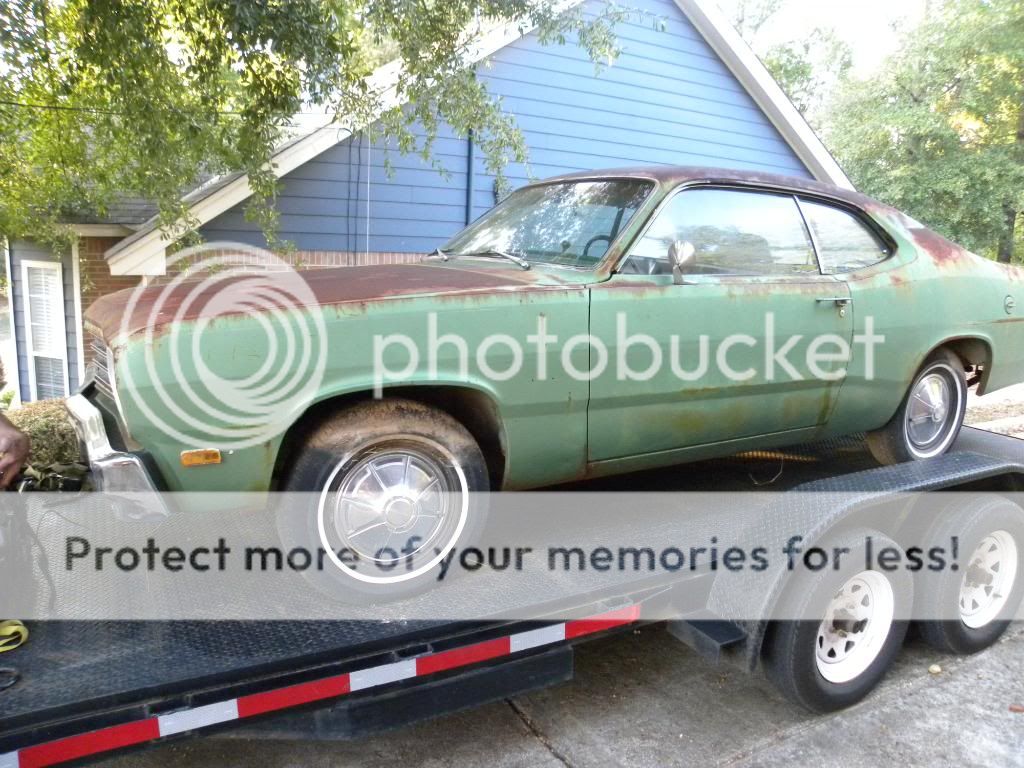
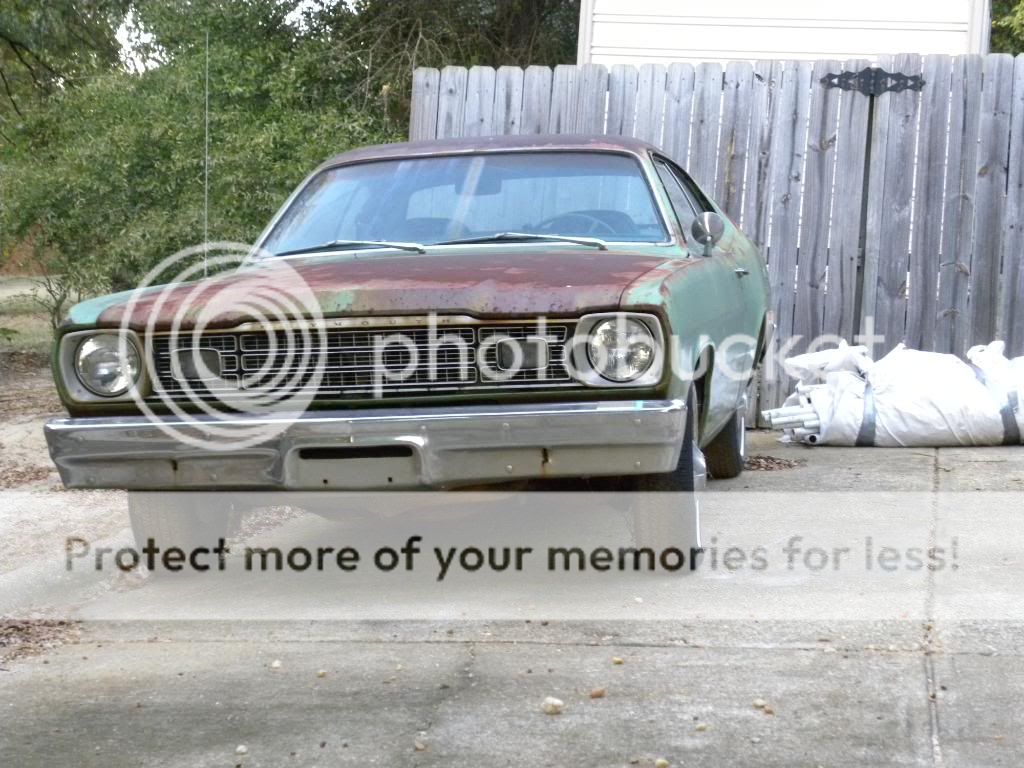
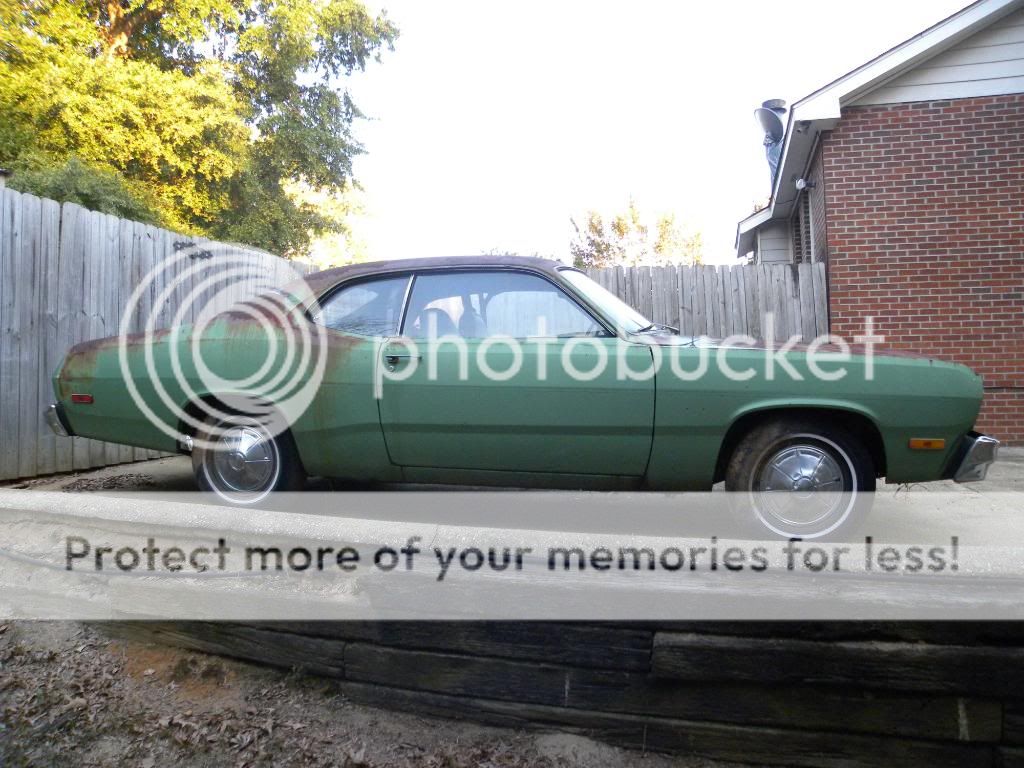


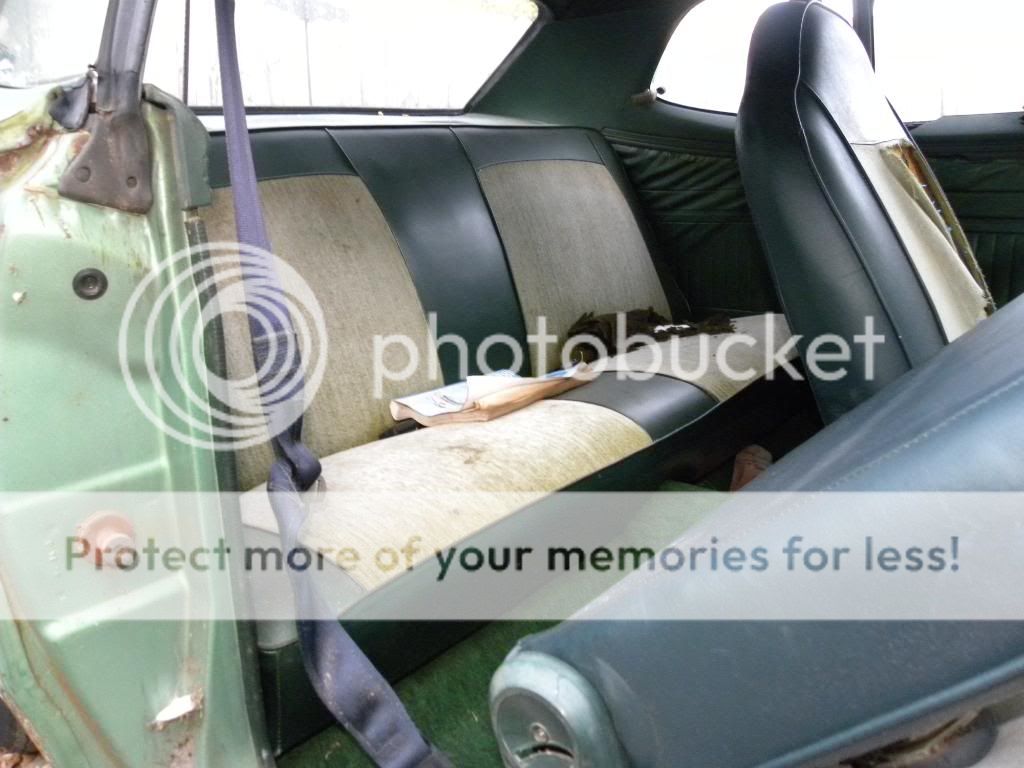
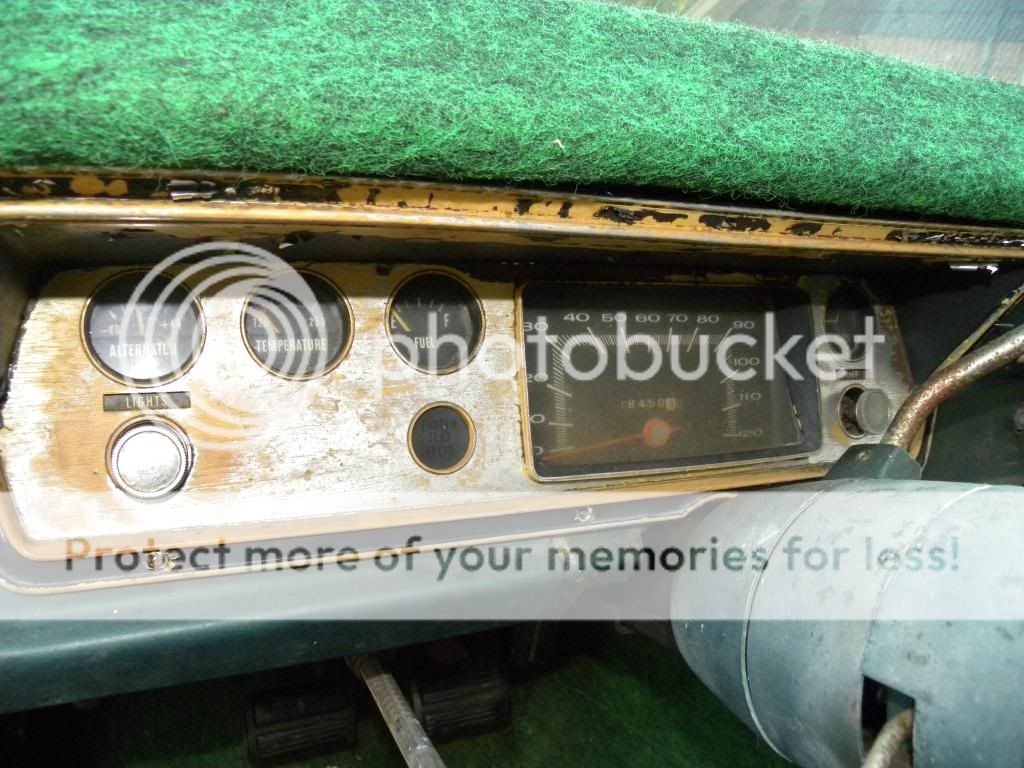
The cassette tape in the floor board was absolutely hilarious to me.
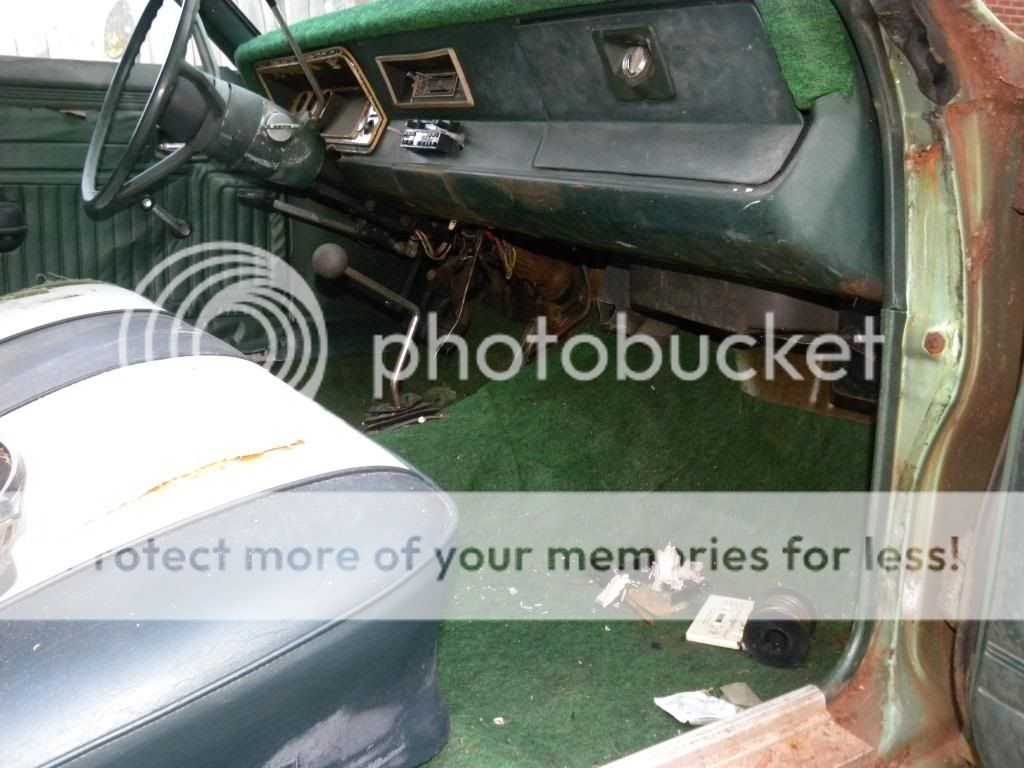

As for the car, it's a '73 Duster with a 225 Slant 6 as stated earlier. Engine plans are to drop in a 318. Exteriorly my biggest concern is getting rid of the rust before any further damage is done. Hopefully I'll find good metal underneath. Fortunately, as far as I know the car has never been in any accident. I'm planning on going with a different paint color than the original green. I'm leaning an extremely deep gloss black. That could change though because I also like Plum Crazy Purple and the wife mentioned red. We'll worry about that when the time comes. I do want to convert to a 70-72 grill and hood though. It looks more sleek and aggressive.
Let me know what you think. Below are some pictures from today, getting the car delivered to my house.


My wife and daughter.








The cassette tape in the floor board was absolutely hilarious to me.


















